The Importance of Your Subfloor
Types of Subfloors and What that Means for Your Floors
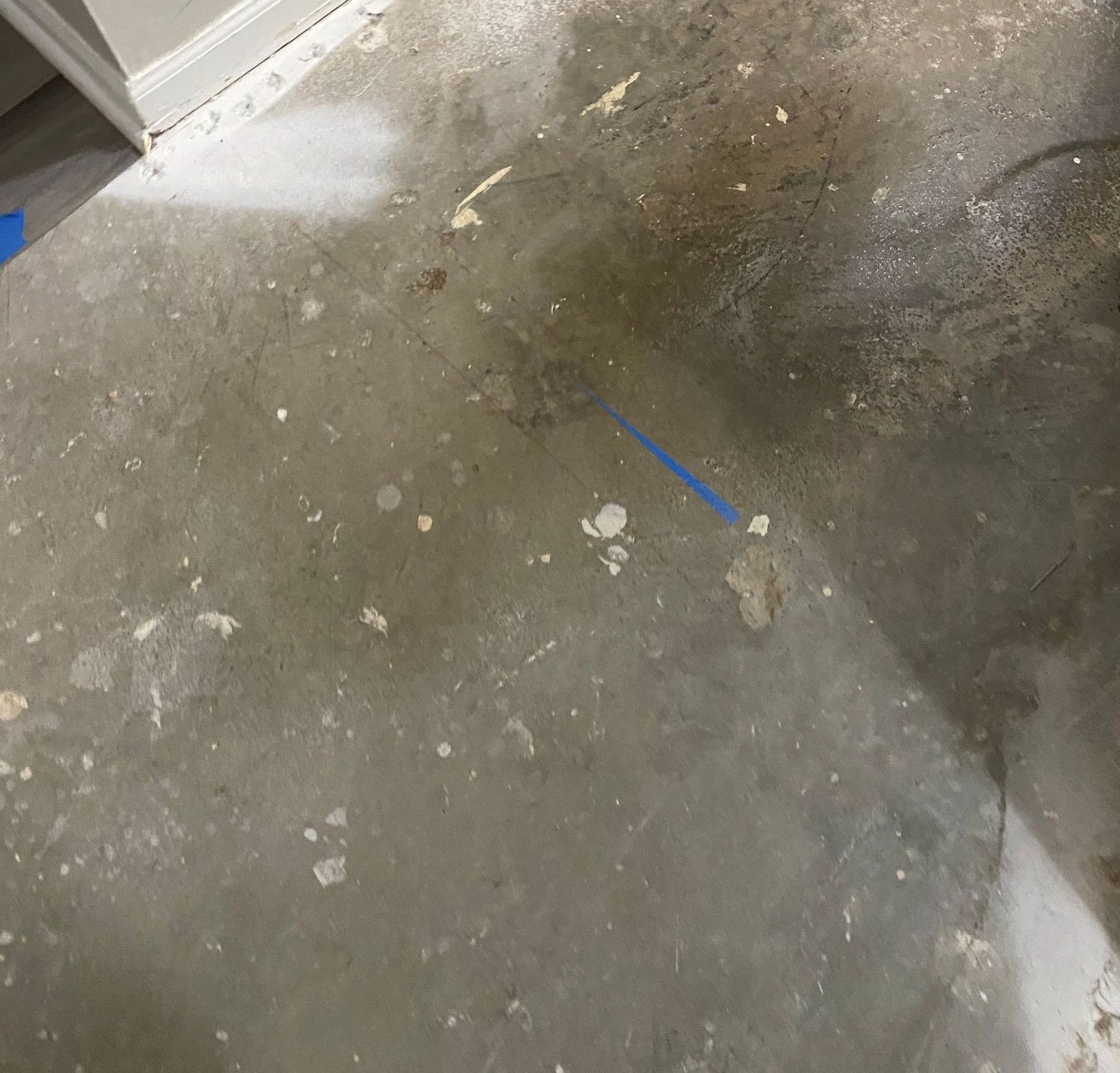
A subfloor is the material under the finished flooring that provides stability and structural support for the final floor covering that is installed over it, such as hardwood, vinyl, or carpet. It provides a smooth, stable, and even surface to support the new flooring, furniture, and foot traffic. The most common types of subfloors are plywood, particle board, and cement. If the subfloor is particle board, it is recommended that it is removed and replaced with plywood as it isn’t rigid or strong. Particle board also likes to disintegrate with water and hold onto moisture, which will cause other issues like mold, decay, buckling of the floor, and decrease the structural integrity of the flooring and subfloor. We recommend replacing particle board with plywood (which A1 Flooring can assist with) as it is strong, rigid, and water-resistant and it is great for any kind of flooring installation: floating floor, nail down, or glue down. Plywood can also have additional treatments, like pressure treated wood, that can be excellent for other projects outside of it use to repair and replace subfloors. Cement is the other common subfloor that we see, which is typically seen when a house or structure is built on a concrete slab. Concrete is great as its very stable and durable, however, flooring can only be installed as a glue down or floating floor on it. It is also important to note that concrete needs to be sealed properly and/or have a moisture barrier installed under the flooring too. For glue down flooring, the moisture barrier is commonly included in the adhesive. For floating floors, the moisture barrier can be rolled on to the cement or can be an additional layer of underlayment or attached to the underlayment. We recommend taking care of and maintaining your subfloor to prevent any issues with the final floor covering, such as squeaking, uneven surfaces, and buckling. No matter what kind of subfloor you have, we can help you take care of it and find a floor and installation type that best fits for your needs and plan for your space.
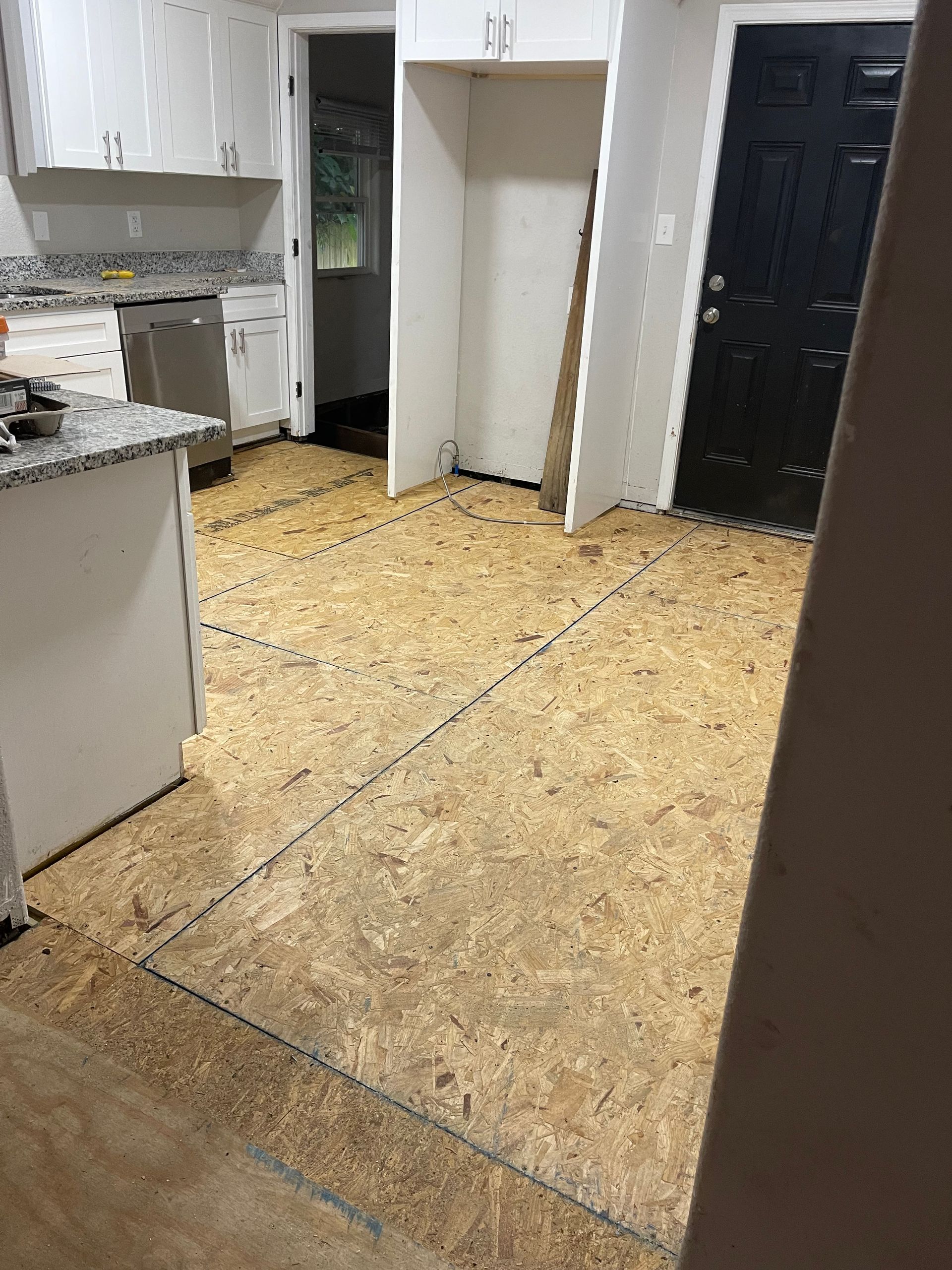


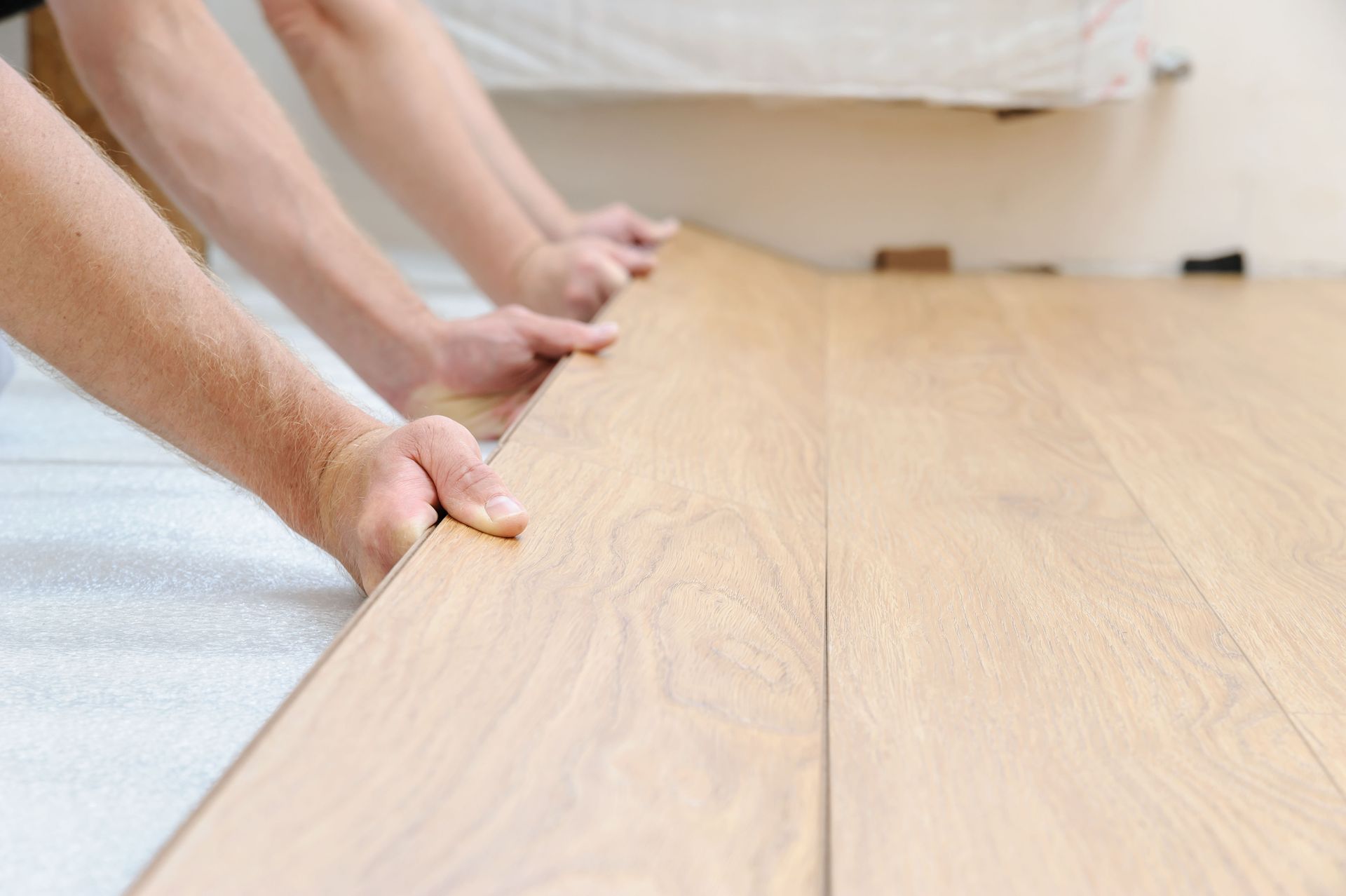
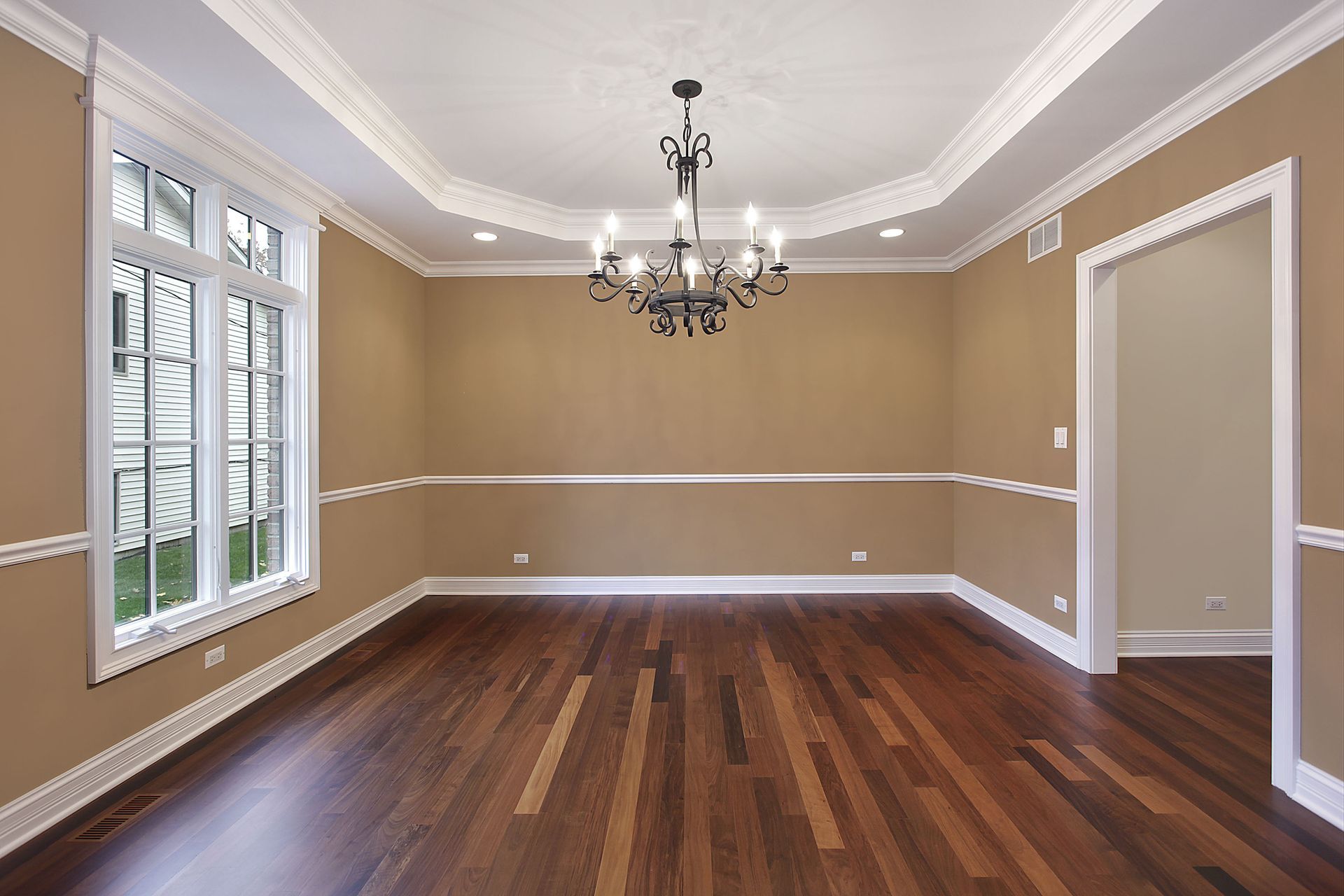
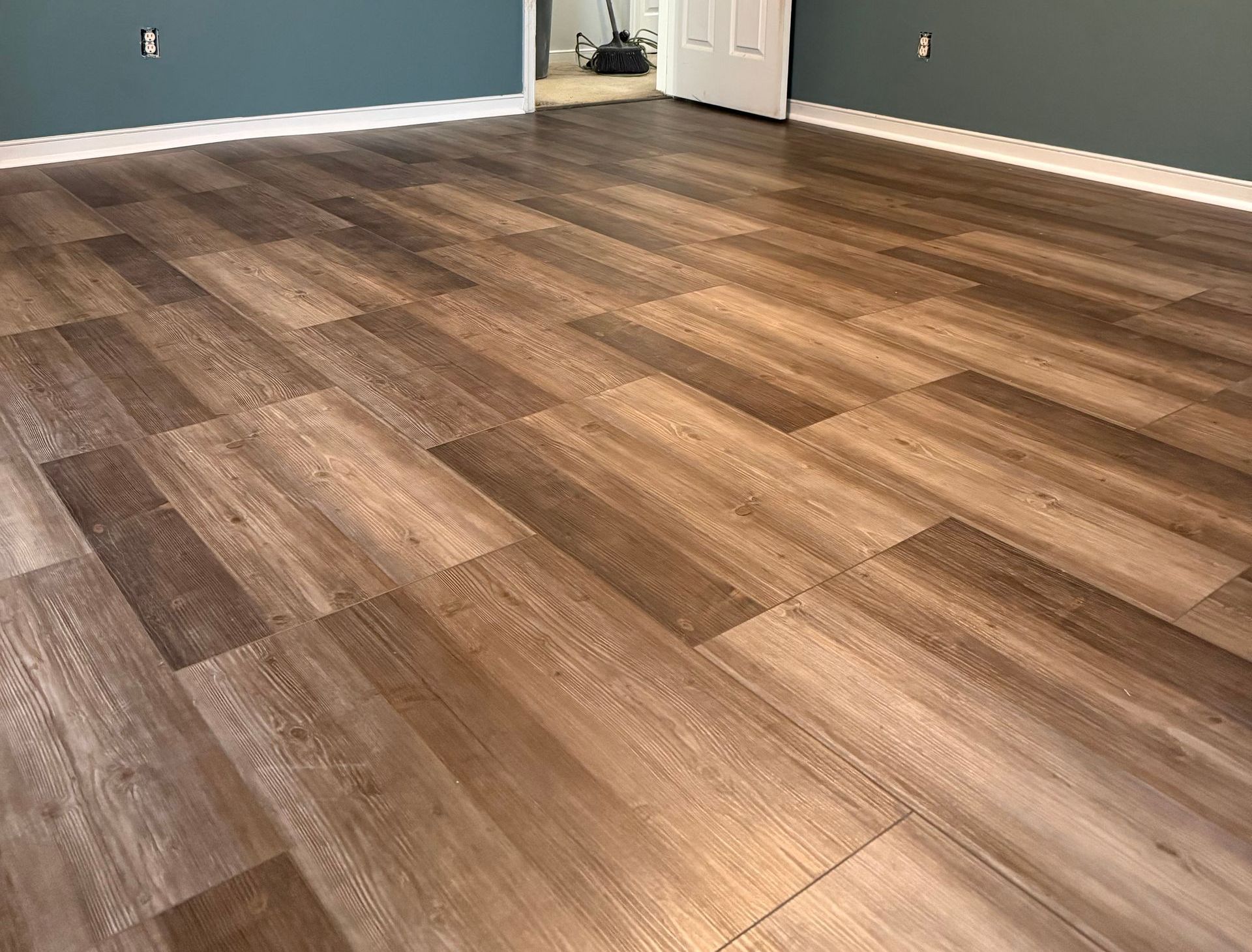
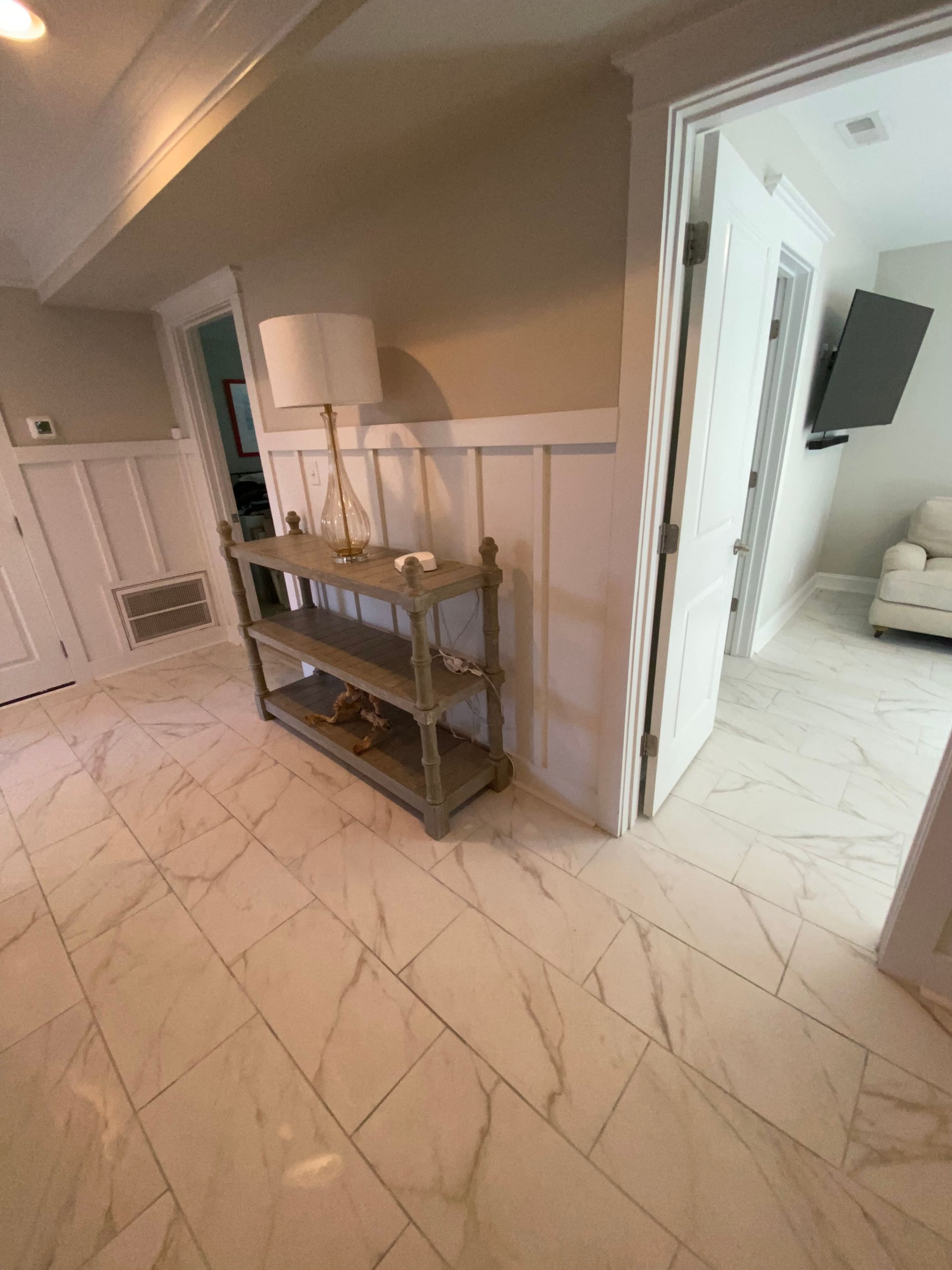
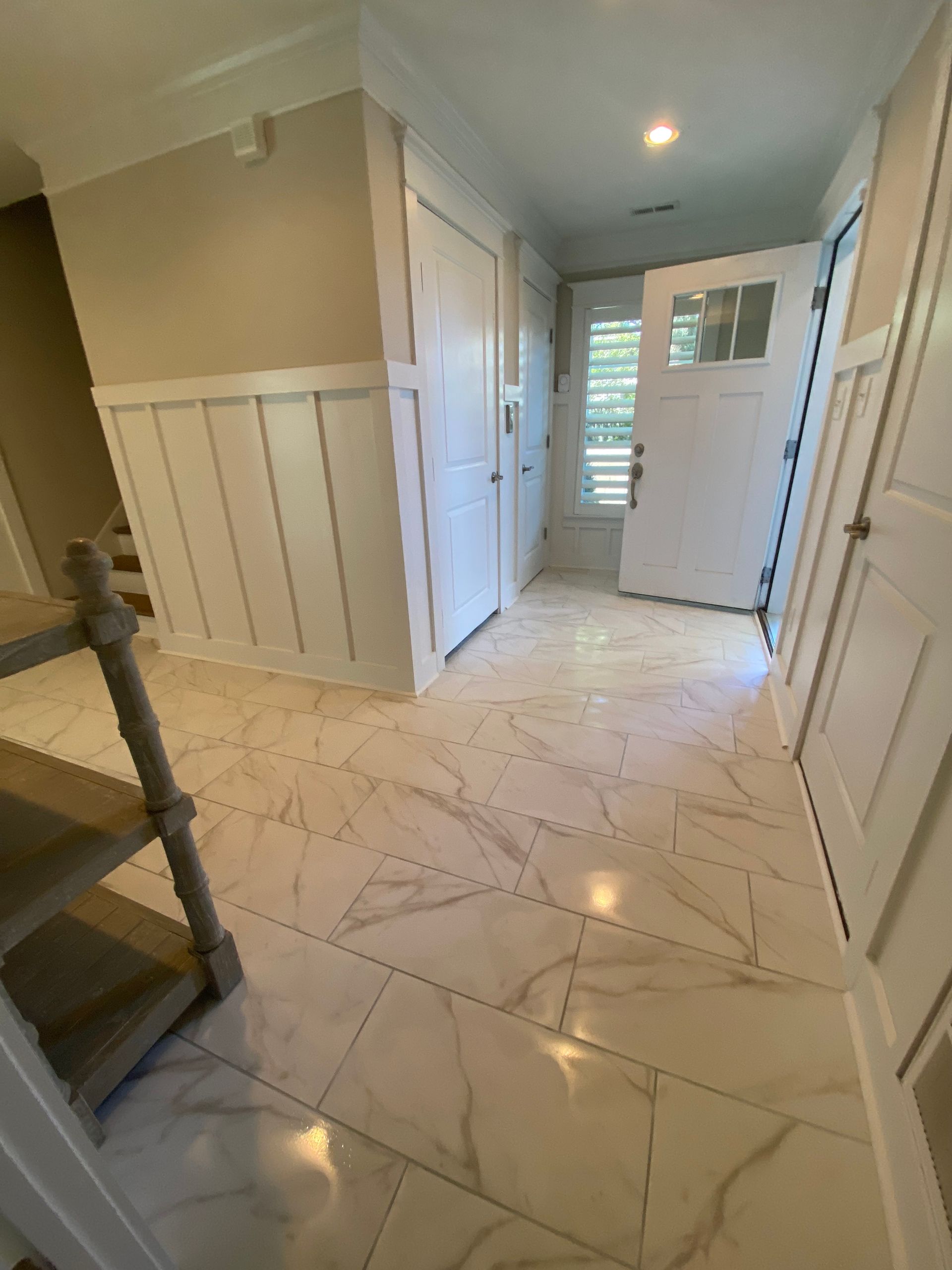
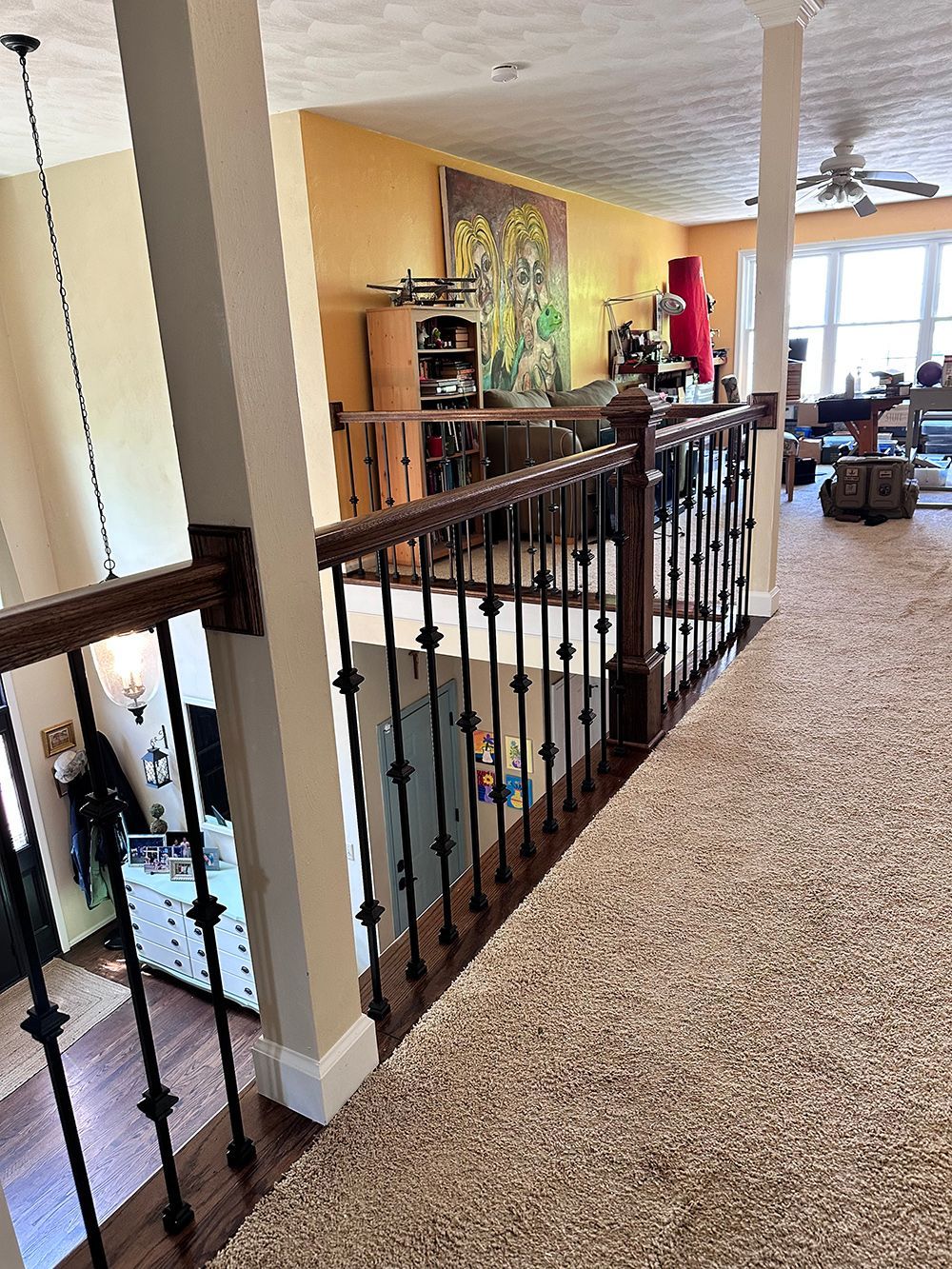
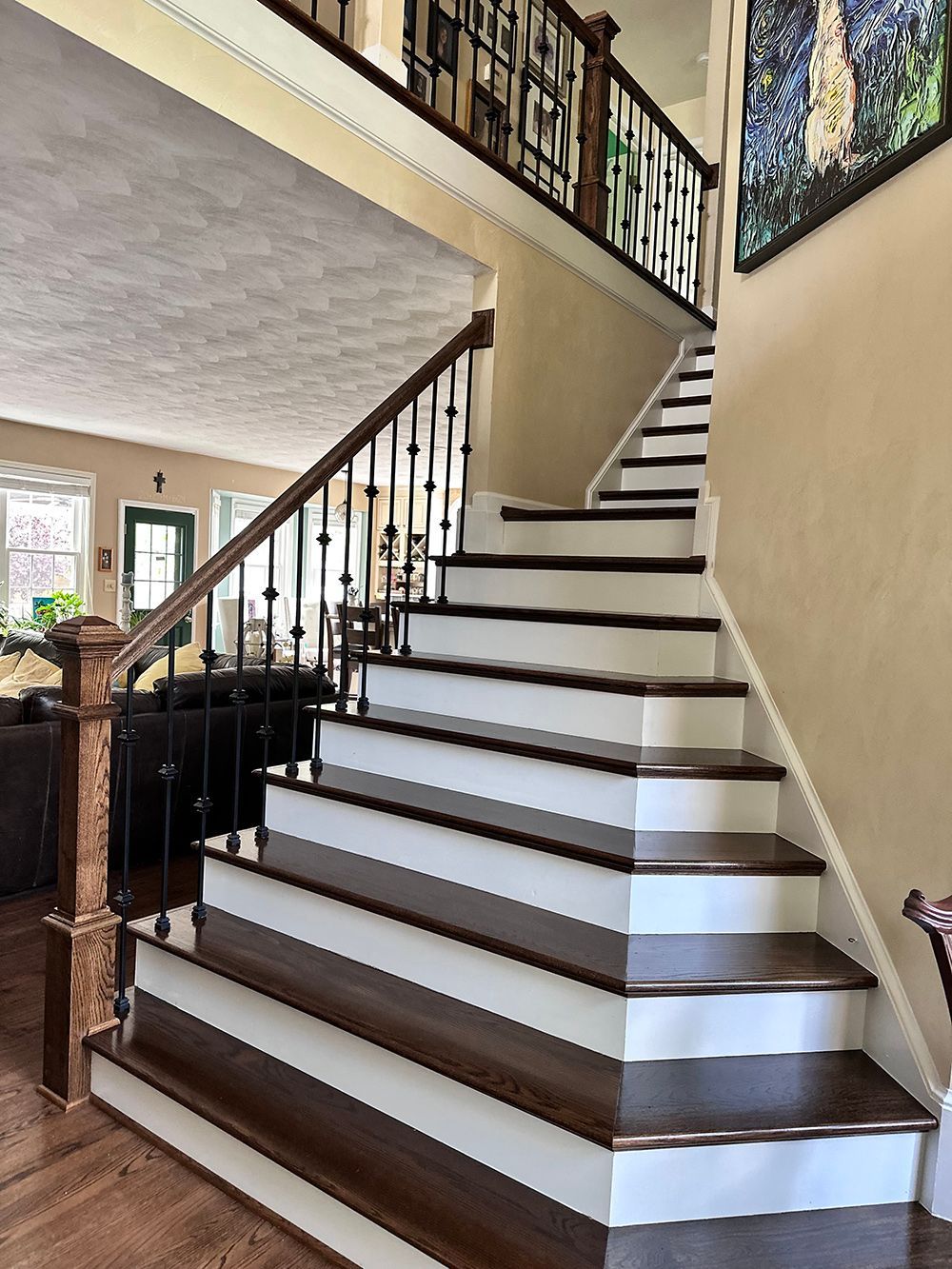
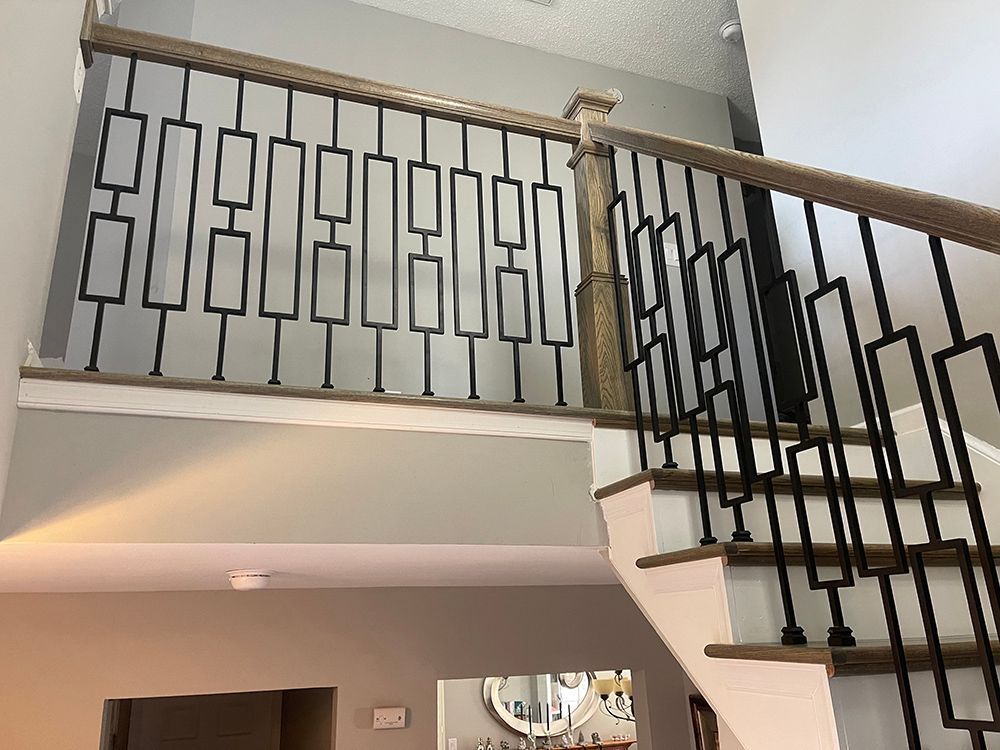
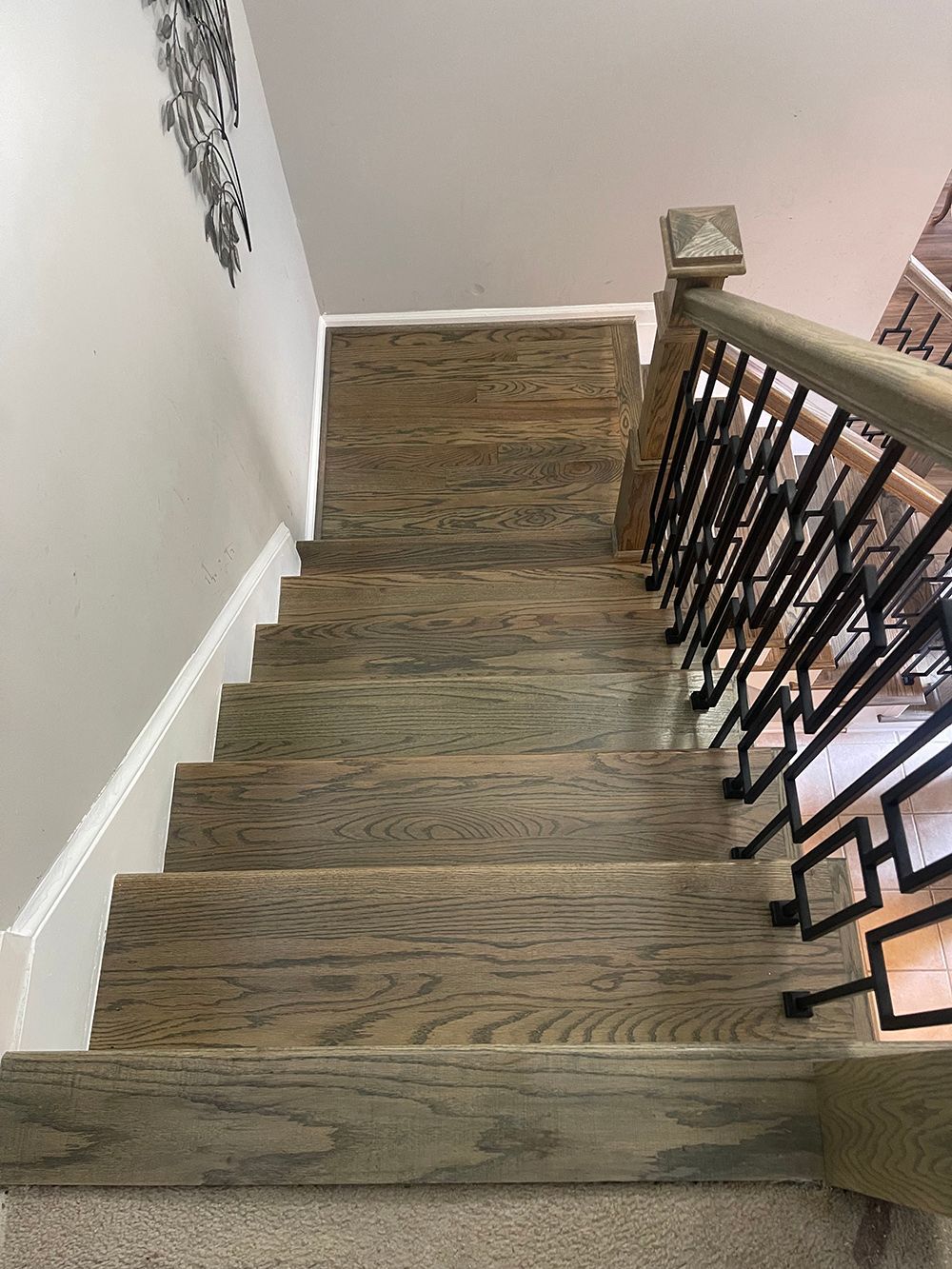
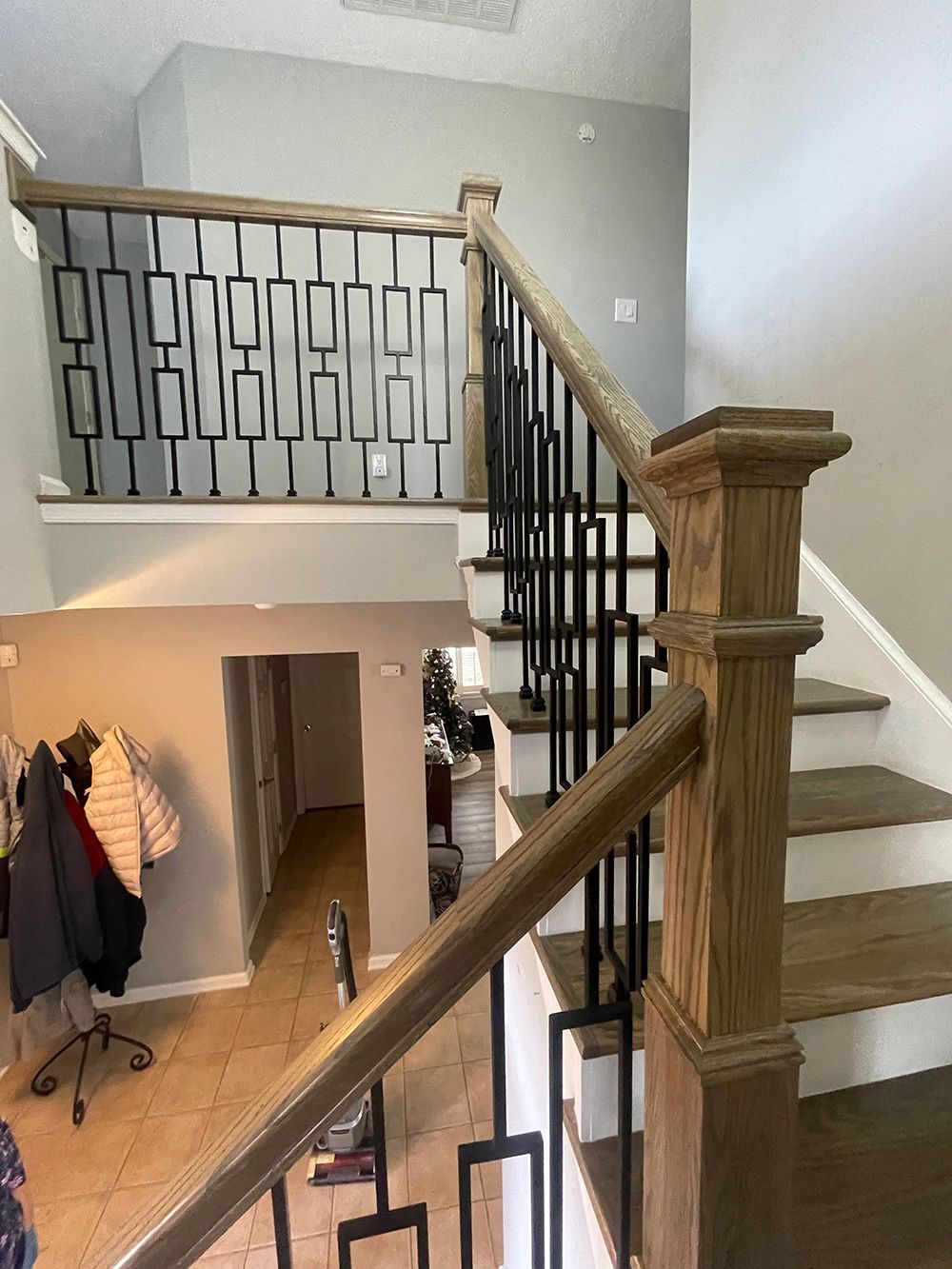
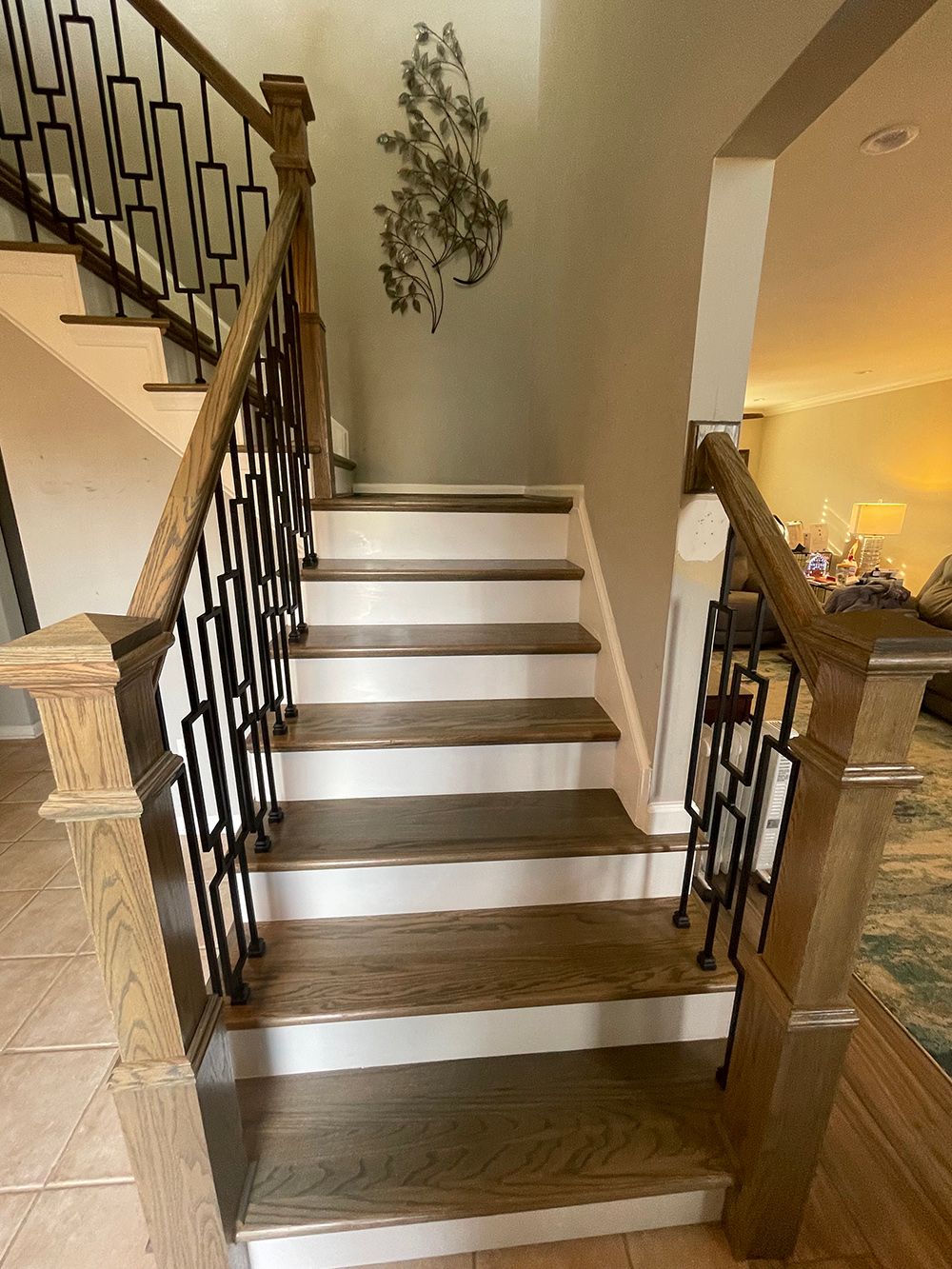
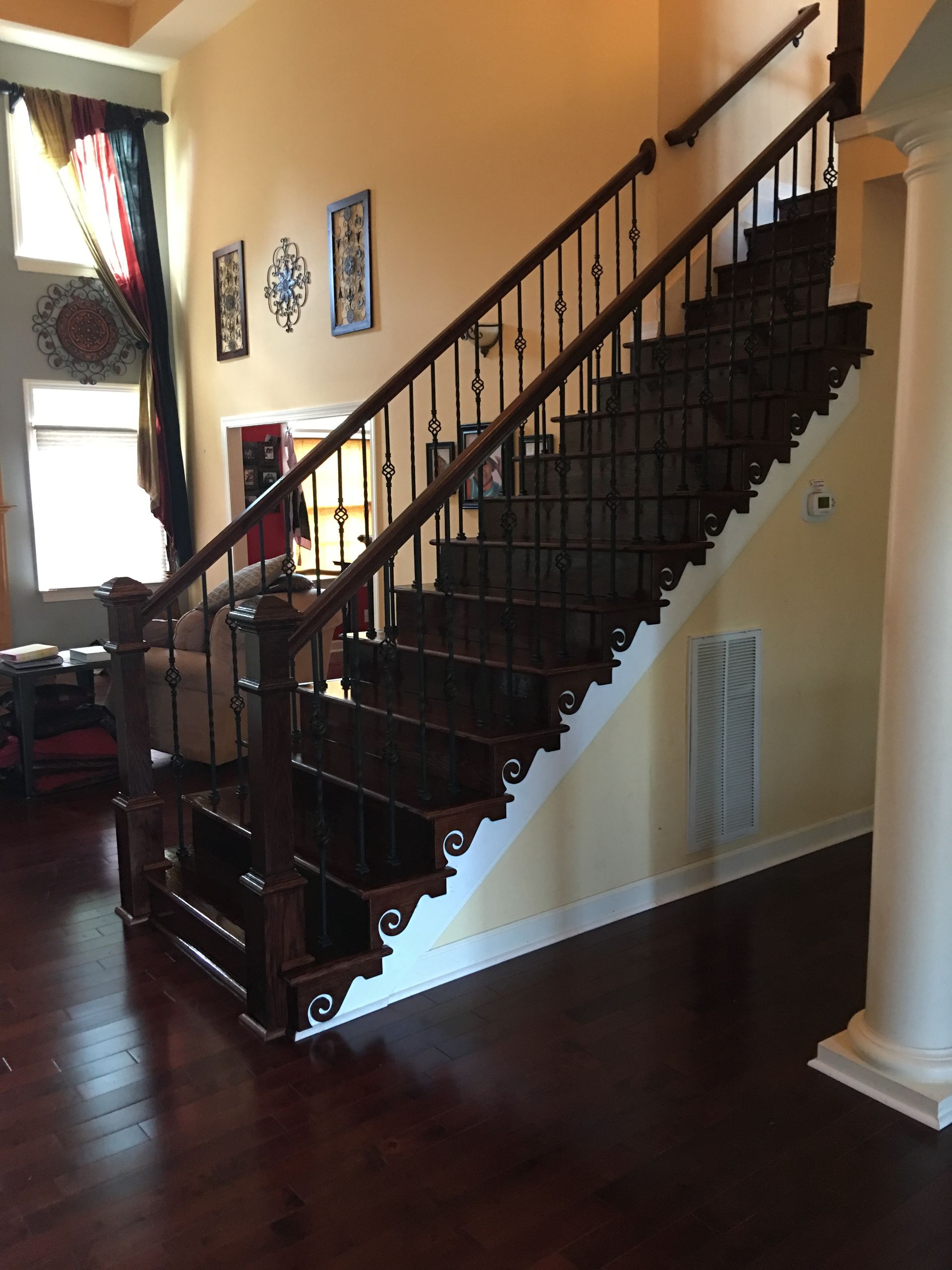

Share On: